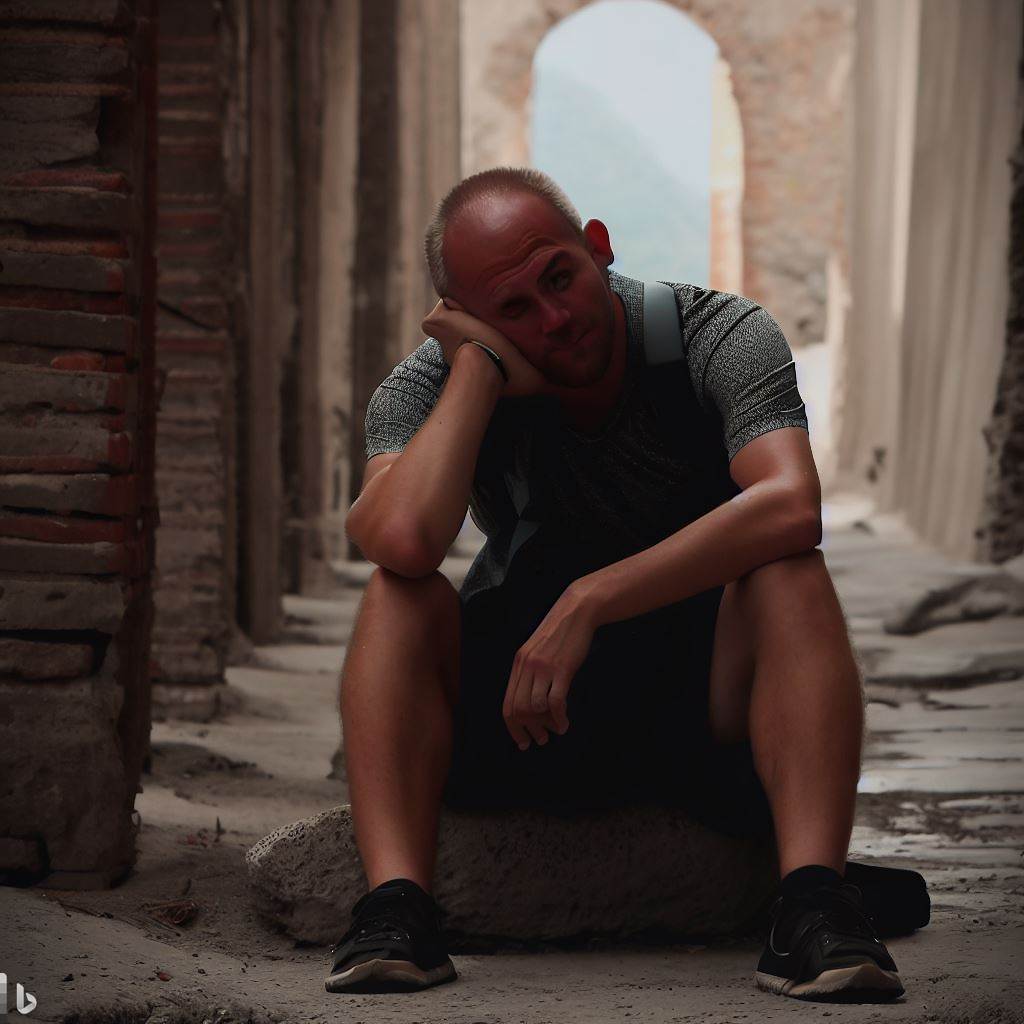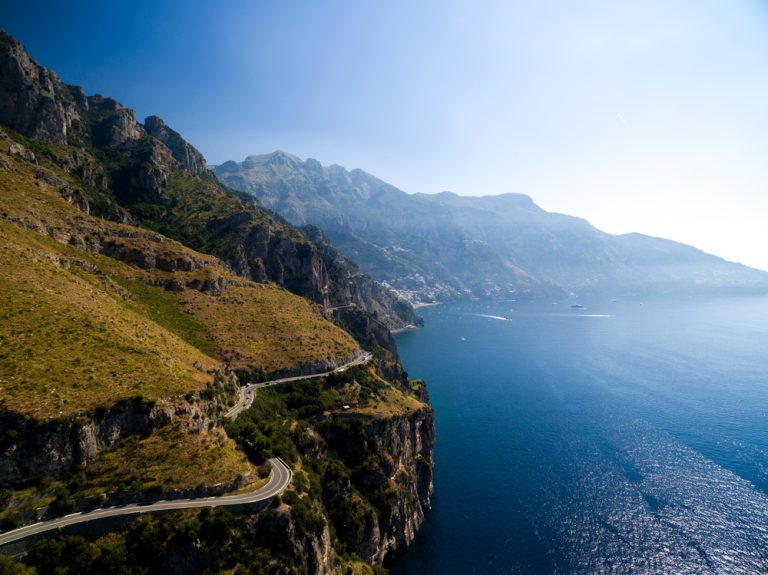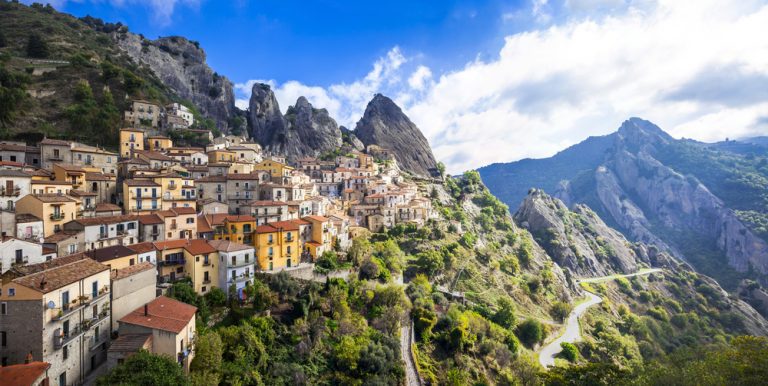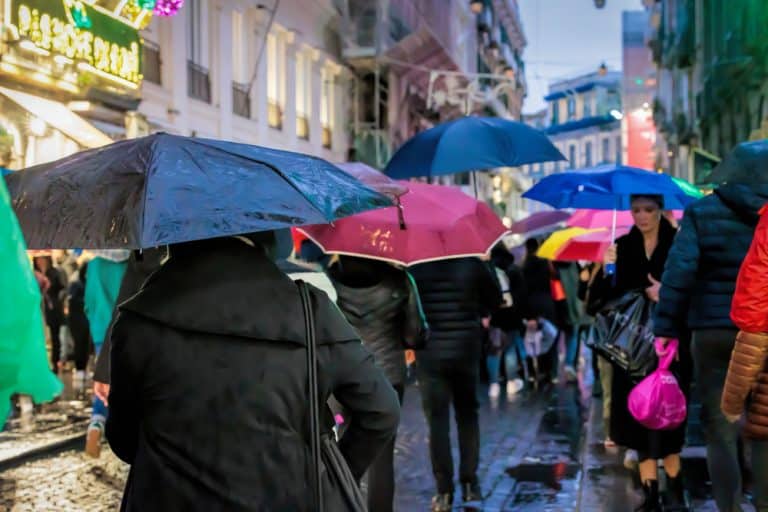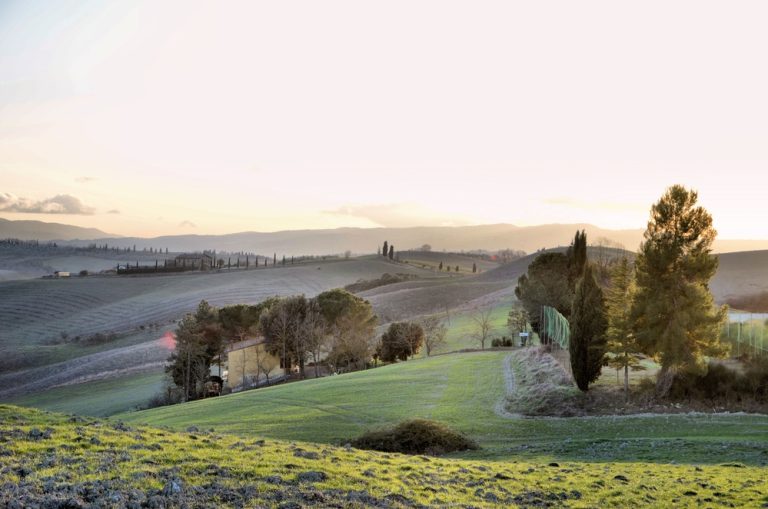How Many Days do you Need in Pompeii?
If you plan to travel through time to visit the Roman cities of Pompeii and Herculaneum, you likely want to know how best to prepare for such an adventure.
So… how many days do you need in Pompeii? If you hope to see the ruins of Pompeii, and Herculaneum and visit Mount Vesuvius, you should allow at minimum two full days.
You will not regret your decision to dole out ample time to explore these ash-covered ruins preserved since 79 A.D. We also recommend stopping to visit the smoldering crater of Mount Vesuvius to really enhance your experience marveling at these ancient Roman cities.
Discovering Piacenza: Italy Without Tourists – Ultimate Guide to a Hidden Paradise!
How Long Do You Need to See All of Pompeii?
Pompeii consists of 44 square hectares (or 4,783 acres) of ruins. If one desires to see all the archeological parks, one would need at least two full days. Long visits can be rather exhausting, however, so if you do plan to spend two full days here, we recommend breaking up the visits by resting, stopping for food, and pacing yourself.
How Long do you Need to see the Highlights in Pompeii?
If you are only interested in seeing the most popular exhibits, anywhere from 4-6 hours should be enough time. Remember, the park is 4,700+ acres. It takes a while to walk around, and the visit can feel especially grueling in sweltering summer weather. Fortunately, the park does contain nice picnic areas where you can stop and rest during your visit.
Most Popular Sites at the Pompei Archeological Park
Should you forgo the option of having a guided tour, here are the top 10 most popular sites to visit when visiting the ruins of Pompeii. We’ve also provided some rankings (Rated G – Rated R) so you know which sites are family-friendly and which are not.
- Teatro Grande (The Large Theatre) – Within the ancient city are two outdoor theatres. The most popular is The Teatro Grande (the large theatre). This large open-air amphitheater housed many Greek and Roman plays and was an integral part of Roman society in Pompeii. (Rated G – for a grand old time and fun for the whole family. Be sure to stand center stage to hear the amazing au natural acoustics!)
- L’orto dei Fuggiaschi (Garden of Fugitives) – More recently converted into Vineyards, the Garden of Fugitives was formerly an old quarter in Pompeii. This ruin received its name due to the remains of the 13 bodies who attempted to escape via Porta Nocera. However, they perished under volcanic ashes and turned to stone during the 79 A.D. eruption. During the archeological excavations that occurred between 1961- 1974, their remains were discovered and maintained using plaster casts. (Rated PG/PG 13 – while this site really touts that wow factor, seeing the bodies of those trying to escape frozen forever in a plaster mold of volcanic ash can be a little freaky for the little ones…)
- Anfiteatro Grande – Arguably one of the best-preserved amphitheaters in the world, the Grand Amphitheatre was built in 70 B.C. and used for gladiator-type sporting events (seating upwards of 20,000 spectators). (Rated G – If your kids are feeling antsy, let them run all around the amphitheater stadium seating. If that doesn’t tire them out, I don’t know what will!)
- Casa del Fauno – The House of Faun is one of the largest villas in Pompeii, spanning ¾ acres, divided into portions that were used by the villa owners and portions used by the villa’s servants. Casa del Fauno received its name thanks to one of the bronze satyr statues located in a rainwater fountain. One of the most spectacular features of this stunning estate is the mosaics that depict Alexander the Great battling the Persians at Issus. (Rated G – while this site is appropriate for kids, fair warning, most find this one a bit snooze-inducing. Shockingly, children do not appreciate ancient mosaics!?)
- Lupanar – Lupanare was a brothel. It is hard to mistake the building for any other, thanks to the phallic imagery located on the flagstones of the nearby buildings. The Lupanar quarters contained nothing more than a stone bed adorned with a mat or flimsy cushion (very considerate!) An erotic ornament depicting that prostitute’s specialty was also hung above the doorway for good measure. (Rated R – unless you’re ready to explain what a red-light district is to your precocious 12-year-old, we might suggest you veer away from this villa di amore.)
- Villa dei Misteri (Hall of Mysteries) – The Hall of Mysteries was unearthed between 1909-1910 and is most certainly a favorite of tourists visiting Pompeii. It is believed to have been the property of one of the most powerful families in ancient Roman history (the Istacidii family.) Archeologists date this structure as far back as the first century B.C.E. (Rated G – kids will have fun running around this large property while the adults learn about the political intrigue of ancient Romans!)
- Basilica – During ancient Roman times, a Basilica was easily considered one of the most important public facilities (comparable to that of a modern courthouse.) One of the oldest ruins in the park, the basilica is believed to be from the second century B.C. (Rated G – appropriate for children through arcane matters of law and politics might not hold their attention for long. They might rate it B for boring!)
- Santuario di Venere (Temple of Venus) – This ancient ruin was a sacred site that paid homage to the Goddess Venus, who was believed to be the protector of the city. This sanctuary dates back as far as the second century B.C. (Rated G – pre-teens will enjoy the statues of the half-horse, half-men around the grounds! Not to mention running through the partially preserved archways.)
- Il Fore (The Forum) – this large sweeping area is perhaps the most arresting of all sites in Pompeii as it houses public buildings, the marketplace, the basilica, and temples dedicated to various gods. The forum was home to the city’s civic, commercial, and religious activities and could only be accessed on foot. (Rated G – the forum has endless amounts to explore, so if any family member gets bored, they can find an exhibit more to their liking.)
- Praedia Giulia Felice – This structure is most famous for being one of the first archeological findings in Pompeii. This villa dates to the first century B.C. and is surrounded by large gardens, hot springs, and other homes. The villa got its name from an inscription marked into the portico, which included the name “Giulia Felice.” (Rated G – this gorgeous archeological site is fun for the whole family and is especially gorgeous in the springtime.)
Visiting Herculaneum
Though smaller than Pompeii’s archeological park, Herculaneum possesses one of the world’s best-preserved archeological wonders. In 79 A.D., when Mount Vesuvius erupted, the city was buried under 16 meters of volcanic ash and sludge. This debris allowed for homes to remain intact. Wood and marble were preserved, and things like decorations, jewelry, and even perishable foods remained as if frozen in time. Herculaneum shines a light into what ancient Roman lives were really like.
Does Pompeii Have Luggage Storage?(Opens in a new browser tab)
How long do you need to visit Herculaneum?
The ruins at Herculaneum are a much more manageable visit. One can expect to see the entire archeological park in between 2-4 hours. Plan to allow about half a day for the experience, if you include the drive to and from, as well as making time for lunch while at the park.
Herculaneum Vs. Pompeii
Unfortunately, not everyone has the time to visit both Pompeii and Herculaneum. Therefore, many tourists must choose where to spend their time best. While both sites provide definitive glances into the lives of ancient Romans, each site is unique and has its pros and cons.
If you have the time to visit both sites, you won’t regret it. However, if you are short on time, you can still get an accurate picture of ancient Romans by visiting one of the sites (regardless of which one).
Pompeii
This archeological park is much larger, and its name is far more infamous. It is frequented far more than Herculaneum; however, its massive size ensures the park never feels crowded. An added bonus? It is closer to the Amalfi Coast… if you’re looking to veer off into one of the most beautiful locales on earth, it certainly doesn’t hurt to be closer to the Amalfi Coast.
Herculaneum
The smaller of the two sites, closer to the city of Naples, and less frequent. Herculaneum is perhaps the ideal archeological site to visit if you are pressed for time.
Visiting Mount Vesuvius
Even if you can only manage to visit one site (Pompeii or Herculaneum), it would be a tragedy not to include Mount Vesuvius in your itinerary. This volcano is notorious for its horrific explosions 2,000 years ago, which buried Pompeii and Herculaneum under nearly a mile of ash. Not only did it destroy these cities, but Mount Vesuvius helped preserve them.
How to travel from Naples to Capri, Sorrento, Amalfi Coast and Pompeii(Opens in a new browser tab)
How Long does it Take to Tour Mount Vesuvius?
From the time one leaves the ticket area and makes their way on foot up the trail to the crater’s edge, it is about three hours. Expect to spend a good half-day on your expedition to see Mount Vesuvius. If you hope to conquer Mount Vesuvius and another historical site (Pompeii or Herculaneum), it would be wise to hike the volcano early in the morning to allow time to tour the ruins in either city. The hike is accessible for both children and the elderly. However, it is not recommended for those individuals with health problems that could be agitated by the hike.
Is It Hard to Climb Mount Vesuvius? (Opens in a new browser tab)
The Key Take Away?
Ideally, you’d have two full days to dedicate to seeing not only Pompeii but Herculaneum and Mount Vesuvius as well. All three sites are incredible! If you only have a few hours to spare, Herculaneum may be your best bet. However, if you’ve got 4-6 hours to spare, we’d recommend going to Pompeii. However, if you’re taking the time to go to either archeological park, we’re obliged to recommend you visit these ancient and infamous volcanoes that preserved these two ancient towns.

